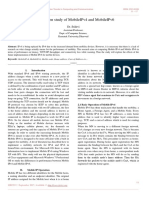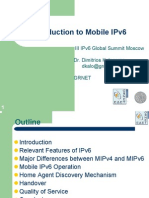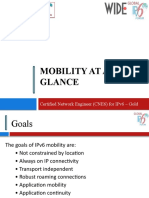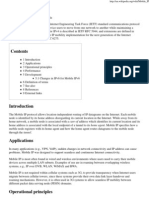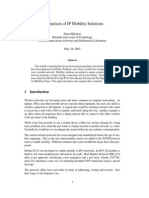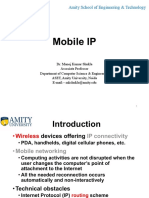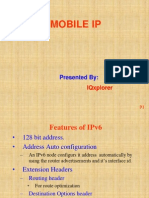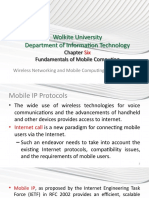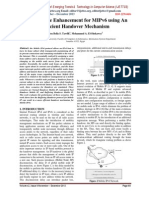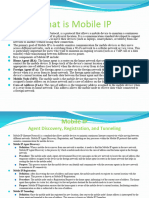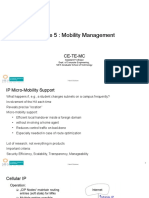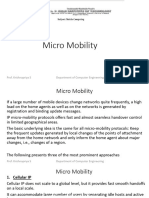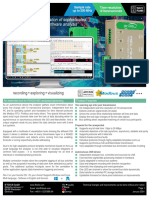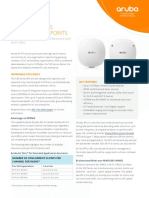0% found this document useful (0 votes)
73 views19 pages5.2 Macro Mobility
The document discusses macro mobility mechanisms in mobile computing. It describes two main protocols for macro mobility - Mobile IPv6 and Fast Mobile IPv6. Mobile IPv6 provides mobility support for IPv6 networks and allows nodes to maintain the same IP address as they move. Fast Mobile IPv6 aims to reduce handoff delays in Mobile IPv6 by localizing binding updates and buffering packets at edge routers.
Uploaded by
Affaan ArbaniCopyright
© © All Rights Reserved
We take content rights seriously. If you suspect this is your content, claim it here.
Available Formats
Download as PPTX, PDF, TXT or read online on Scribd
0% found this document useful (0 votes)
73 views19 pages5.2 Macro Mobility
The document discusses macro mobility mechanisms in mobile computing. It describes two main protocols for macro mobility - Mobile IPv6 and Fast Mobile IPv6. Mobile IPv6 provides mobility support for IPv6 networks and allows nodes to maintain the same IP address as they move. Fast Mobile IPv6 aims to reduce handoff delays in Mobile IPv6 by localizing binding updates and buffering packets at edge routers.
Uploaded by
Affaan ArbaniCopyright
© © All Rights Reserved
We take content rights seriously. If you suspect this is your content, claim it here.
Available Formats
Download as PPTX, PDF, TXT or read online on Scribd
/ 19



